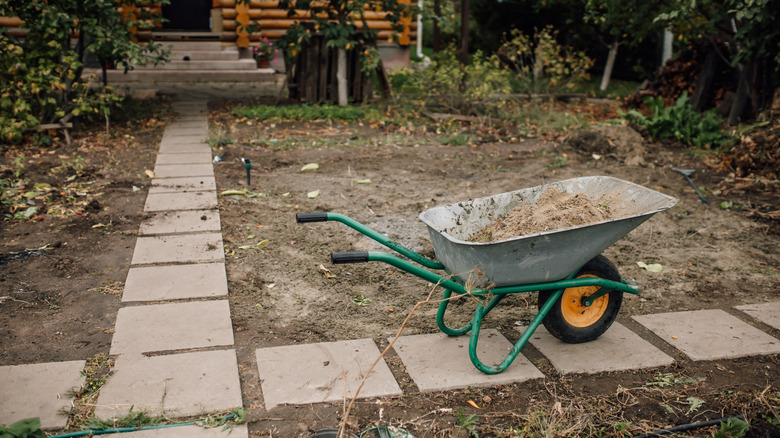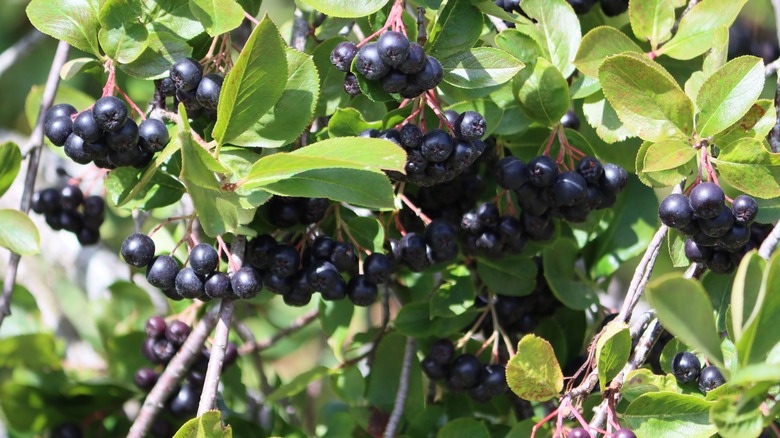The Ground Cover With Rich Berries That Adds Striking Color & Year-Round Interest
While it's seldom difficult to find beautiful ground covers during summer months, it can be more challenging to find a ground cover plant that changes its look with the seasons and provides year-round interest. These plants certainly do exist though, and even better, some are native to North America and many are berried plants that will help attract birds to your garden with their fruits. One such plant is the 'Ground Hug' dwarf chokeberry (Aronia melanocarpa 'Ground Hug').
Most chokeberry varieties can reach heights of up to 6 feet tall and are excellent plants to consider when you're looking to add privacy to your yard, but the 'Ground Hug' chokeberry cultivar generally reaches around 1 foot tall, making it ideal as a ground cover. Even better, although chokeberries only flower in spring and are deciduous, meaning they will lose their leaves in winter, their beautiful deep purple colored berries persist into winter and bring beauty to your yard. These berries are also an excellent food source for local wildlife, and while extremely tart, can even be used to make jams and jellies.
Growing and caring for 'Ground Hug' chokeberry
'Ground Hug', sometimes referred to as 'Ground Hog', is a cultivar of dwarf chokeberry that grows in a low, outstretched shape. This prostrate growth habit combined with its dense foliage makes 'Ground Hug' an appropriate groundcover choice in areas with little to no foot traffic. Chokeberries can also be effective for erosion control, helping to keep your garden stabilized, especially around slopes, creeks, or pond edges. Even better, it can flourish in both dry and wet conditions, making it perfect for drought-prone areas as well as boggy ones.
You can purchase 'Ground Hug' dwarf chokeberry as young plants from nurseries and online retailers. Like other black chokeberry cultivars, 'Ground Hug' thrives in USDA Hardiness zones 3 through 8 and grows best in full to part sun. Black chokeberry grows well in a variety of soil conditions, including both acidic and alkaline soil, as well as everything from clay-heavy soil to sandy soil. Once it fills in, its mat-like foliage should help to suppress weeds and attract pollinators as a colorful living mulch.

